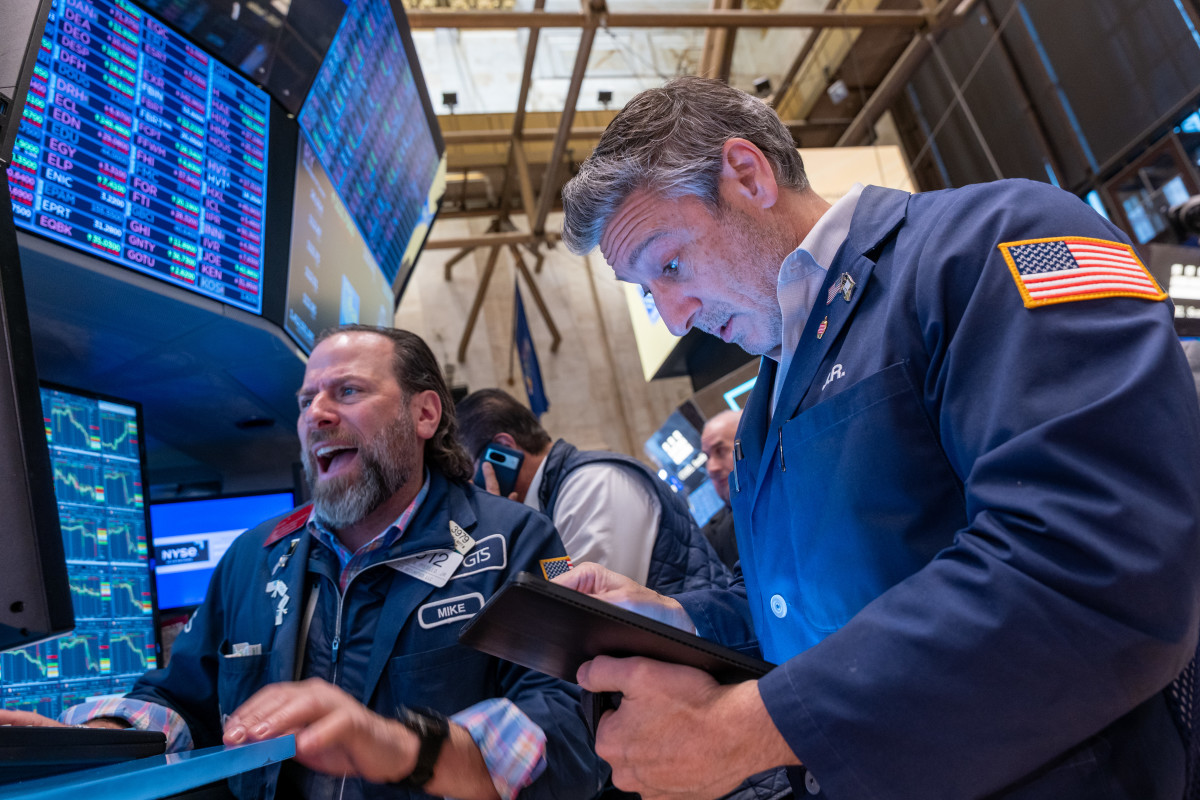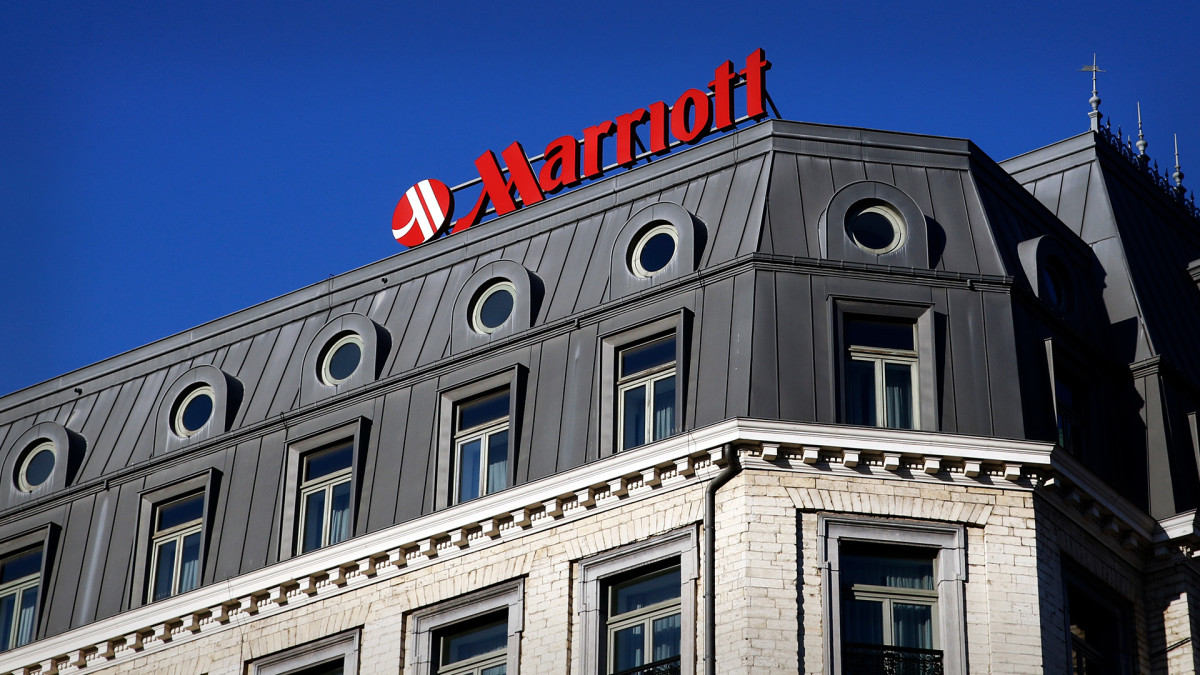JPMorgan issues stark new S&P 500 target through 2026
It’s safe to say that it’s been quite the year for investors. For the most part, though, the stock market charged ahead. Consumers, however, felt squeezed, and Wall Street’s still deciding whether the AI boom is a bubble or the beginning of a long-term transformation. JPMorgan, at ...

It’s safe to say that it’s been quite the year for investors.
For the most part, though, the stock market charged ahead.
Consumers, however, felt squeezed, and Wall Street’s still deciding whether the AI boom is a bubble or the beginning of a long-term transformation.
JPMorgan, at least, just planted a bold flag.
The firm’s analysts now see theS&P 500 hitting 7,500 in 2026, potentially going past 8,000 if the Fed starts cutting rates a bit quicker than expected.
That’s a gutsy call in a market where giants like Nvidiaare beginning to test investors' nerves.
Stock market valuations feel stretched, raising a fair question about how much optimism is baked into stock prices.
JPMorgan analysts argue that the real earnings boost from AI, productivity, and deregulation hasn’t quite shown up yet in stock prices. Photo by Michael M. Santiago on Getty Images
JP Morgan’s big 7,500 call and the even bigger 8,000 “what if”
JPMorgan’s bold forecast essentially boils down to a simple equation.
The firm sees stronger earnings, accelerating AI productivity, along with a more conducive policy backdrop pushing the S&P 500 toward 7,500 at the end of 2026. If the rate cuts keep coming, we could see the index surge past 8,000.
More AI Stocks:
- Is Nvidia’s AI boom already priced in? Oppenheimer doesn’t think so
- Windows president told ‘Stop this nonsense. No one wants this’
- Morgan Stanley revamps Nvidia’s price target ahead of big Q3
- Cathie Wood buys $16.2 million of sinking AI stock
The firm feels that the currently elevated valuations aren’t entirely irrational, as they’re pricing in an economy that’s expected to become far more efficient, not weaker.
Nevertheless, those stretched multiples create the tension that makes the call stand out.
It’s not surprising, as according to a Wall Street Journal report, the so-called Magnificent 7 stocks control roughly 38% of the S&P 500’s total market value at this time.
More back share S&P 500 predictions
- Deutsche Bank: 8,000 by end-2026, spearheaded by earnings strength and AI capex.
- Morgan Stanley: 7,800, expecting U.S. stocks to blow past global peers on the back of AI capex.
- Goldman Sachs: 7,600, led by productivity gains and sturdy earnings growth.
- HSBC: 7,500 by late 2026, backed by AI spending but tempered by a K-shaped economy.
JP Morgan’s bull case and the Fed “turbo boost.”
JPMorgan is expecting the S&P 500 earnings to grow 13%–15% over the next two years, backed by massive AI capex surge, growing shareholder payouts, and potential benefits from deregulation and fiscal support.
For perspective on how big the AI capex wave is, Google-parent Alphabet, Microsoft, Amazon, and Meta collectively plan to shell out more than $200 billion a year in capex, with AI/data centers the main driver.
Alphabet alone guided north of $91 billion in 2025 capex, while Microsoft is at more than $80 billion, and Meta at up to $70 billion annually for AI and infrastructure.
As the bank put it,
Hence, valuations are high only if we ignore how quickly productivity could potentially accelerate.
Perhaps the biggest variable is the Fed.
JPMorgan’s base case is factoring in two more rate cuts before a pause, which backs its 7,500 target. However, if we see inflation numbers improve and more aggressiveness in Fed cuts, the firm thinks the S&P 500 could surge past 8,000 by 2027.
Here’s a little recap of the Fed rate cut cycle:
- Sept. 18, 2024: Fed delivered its very first rate cut of the cycle, lowering the funds rate to 4.75%–5.00% after over a year at 5.25%–5.50%.
- Nov. 7 & Dec. 18, 2024: A couple of 25 bps cuts bring the range down to 4.25%–4.50%, offering a clear pivot from “higher for longer.”
- Sept. 17, 2025: Another 25 bps cut takes the rate to 4.00%–4.25% as labor-market worries grow.
- Oct. 29, 2025: Fed cuts again to 3.75%–4.00%, the second in 2025, which cements an ongoing easing cycle.
A market rising on uneven ground
Perhaps a bigger concern for JPMorgan is the underlying strength of the economy, which is looking increasingly K-shaped.
Affluent consumers are still spending freely while driving corporate earnings.
At the same time, though, lower-income households are still cautious or “choiceful,” a dynamic that we’re seeing creep up in retailer commentary.
Related: Goldman Sachs revamps Broadcom stock price target with a twist
Here’s something from Target’s Q3 earnings call that backs up that claim,
At the same time, though, lower-income households are still cautious or “choiceful,” a dynamic that we’re seeing creep up in retailer commentary.
That split has effectively created a remarkably uneasy backdrop, where strong top-line results are masking a sizeable pressure on the lion’s share of the population.
JPMorgan feels this divergence is “unhealthy” as it leaves the door open for markets to be prone to sharp sentiment swings, especially with the data reflecting two different consumer realities at once.
AI is only sharpening this divide with businesses investing heavily in automation and efficiency, as they continue pulling further ahead, while others struggle to keep pace.
Related: Billionaire Steve Cohen loads up on top AI stock, calms bubble fears
What's Your Reaction?




















































